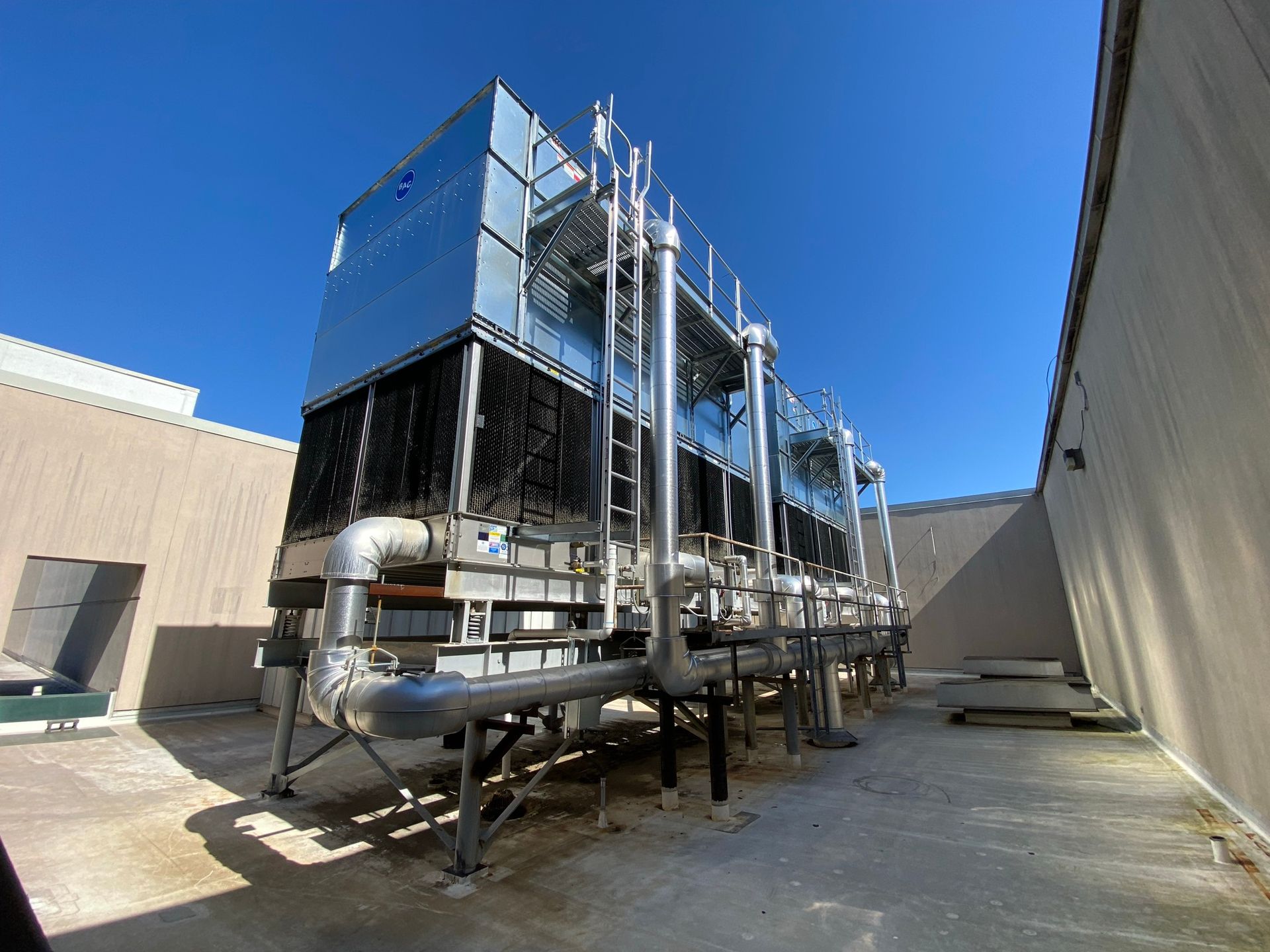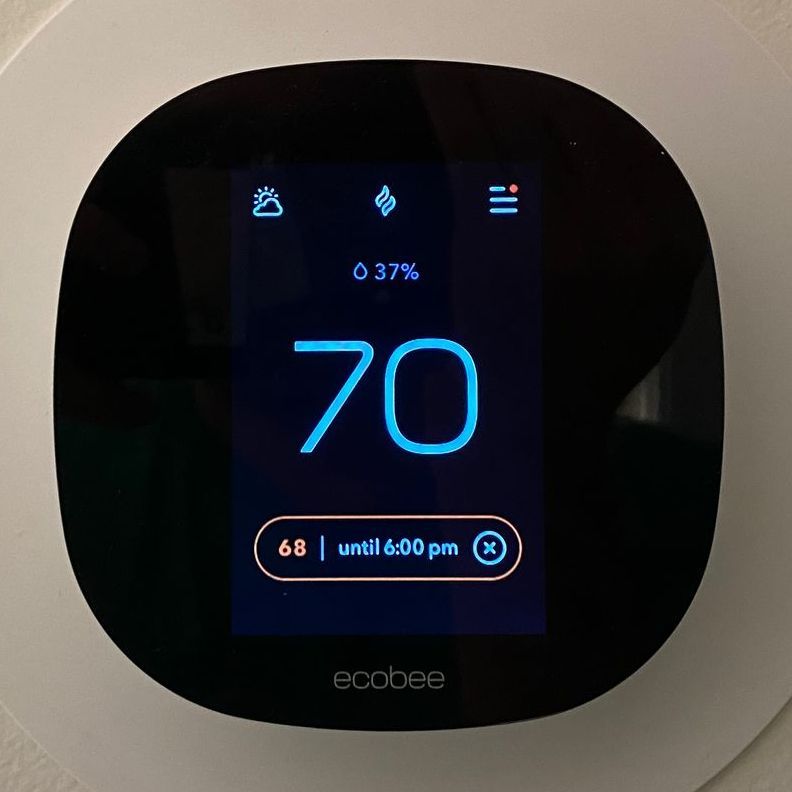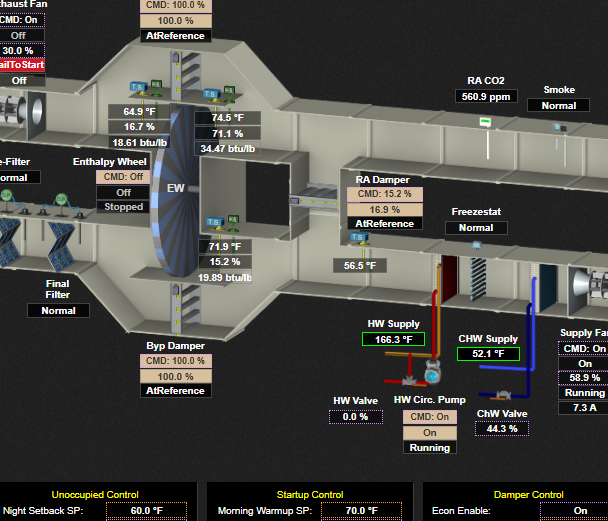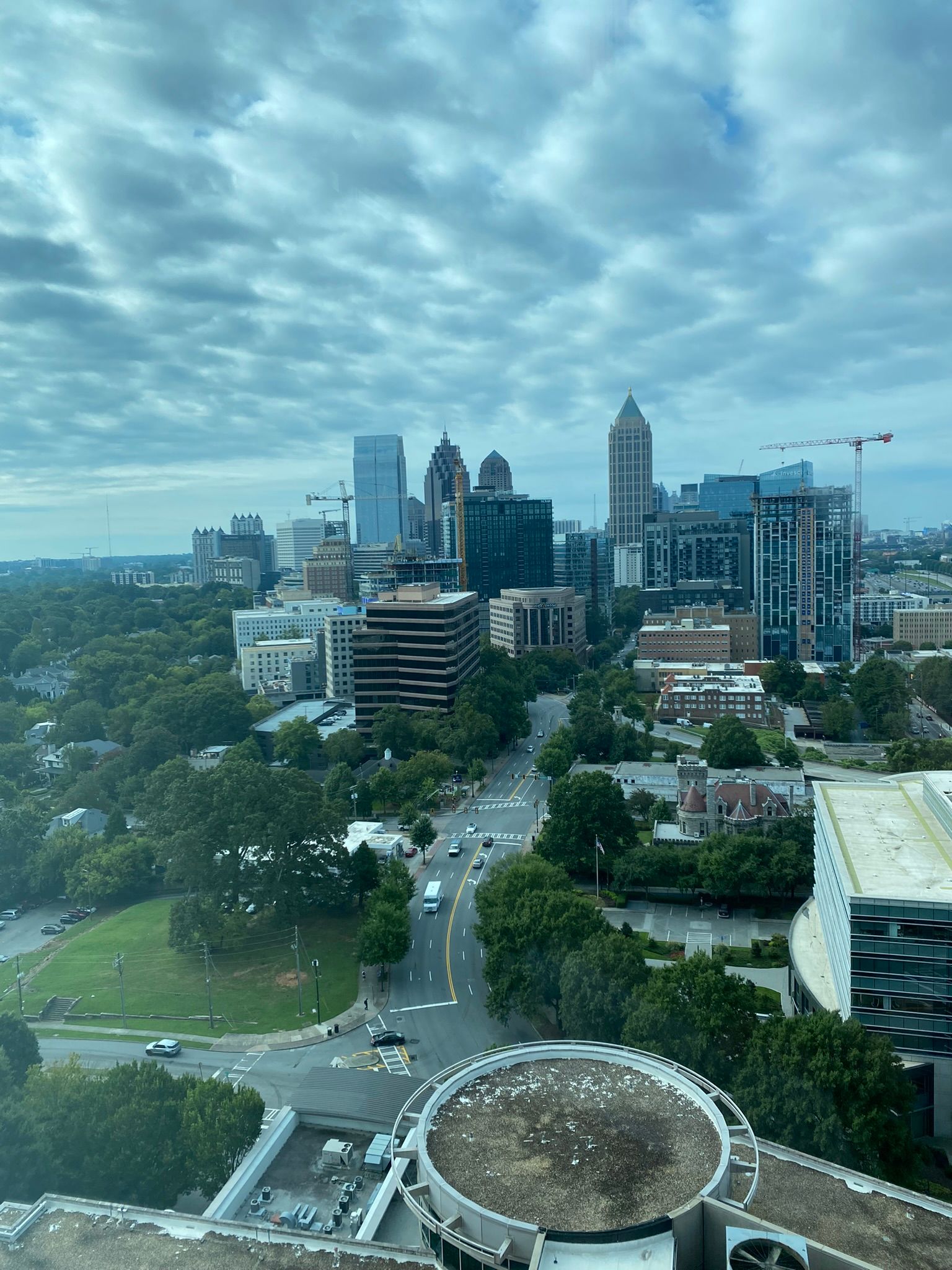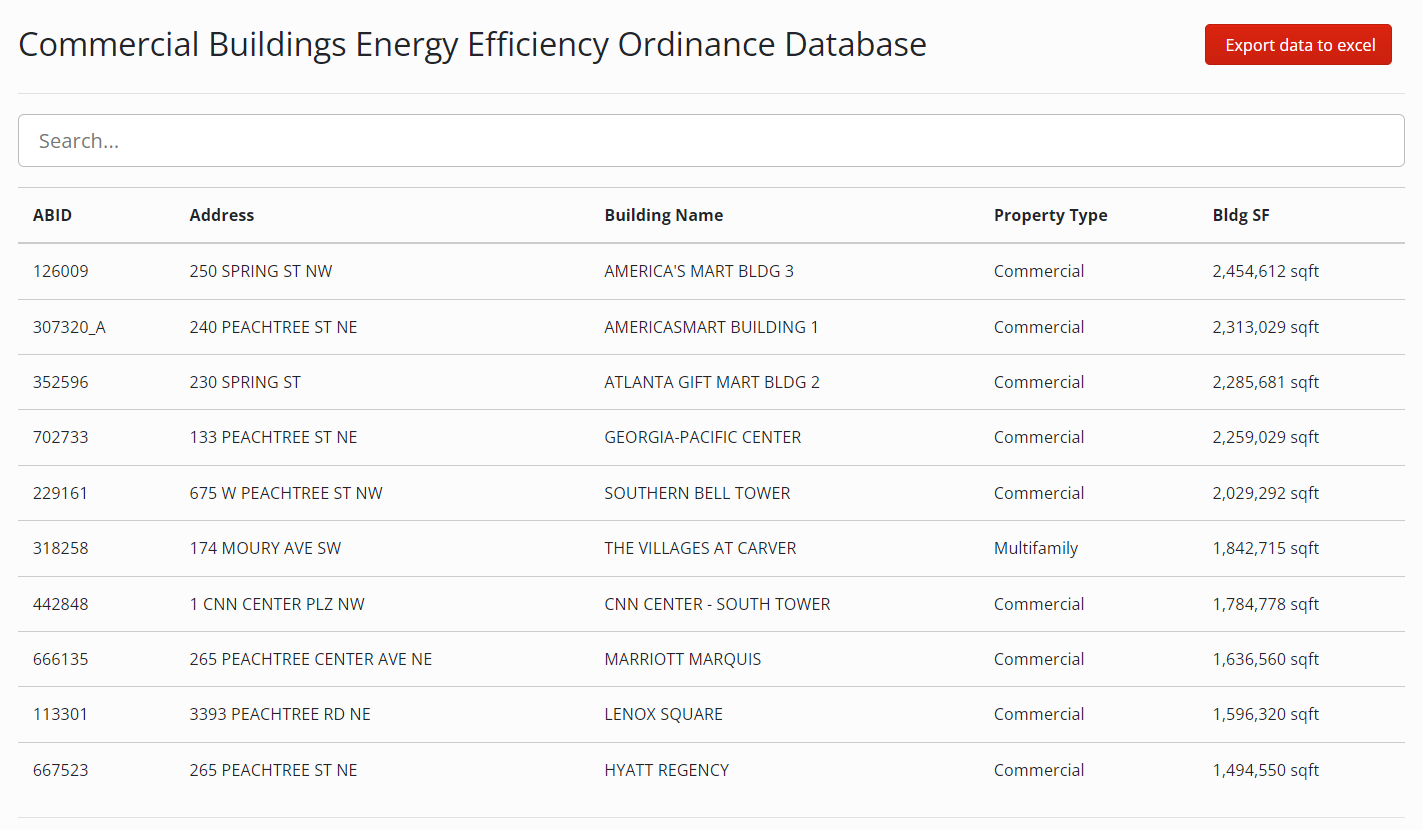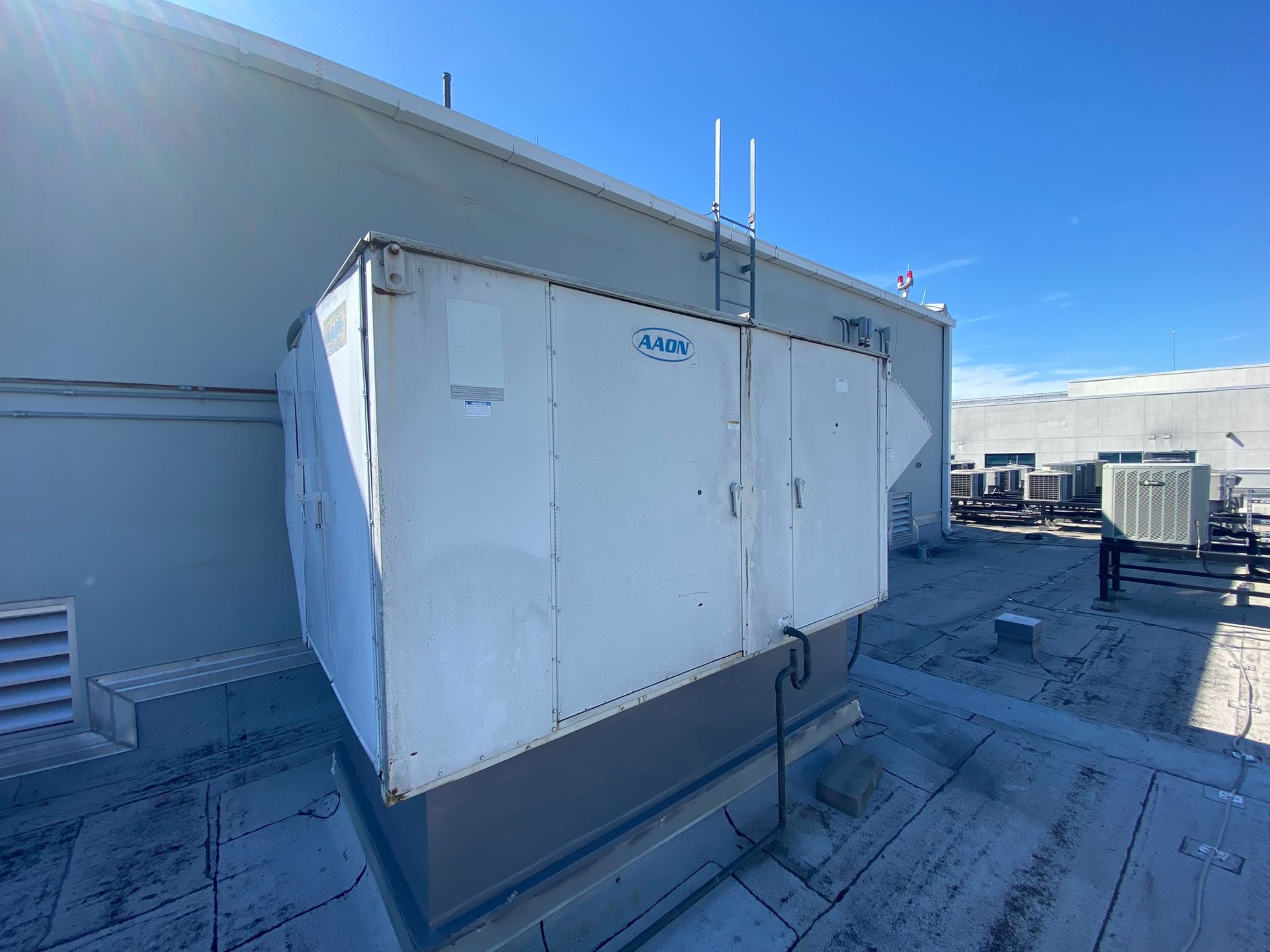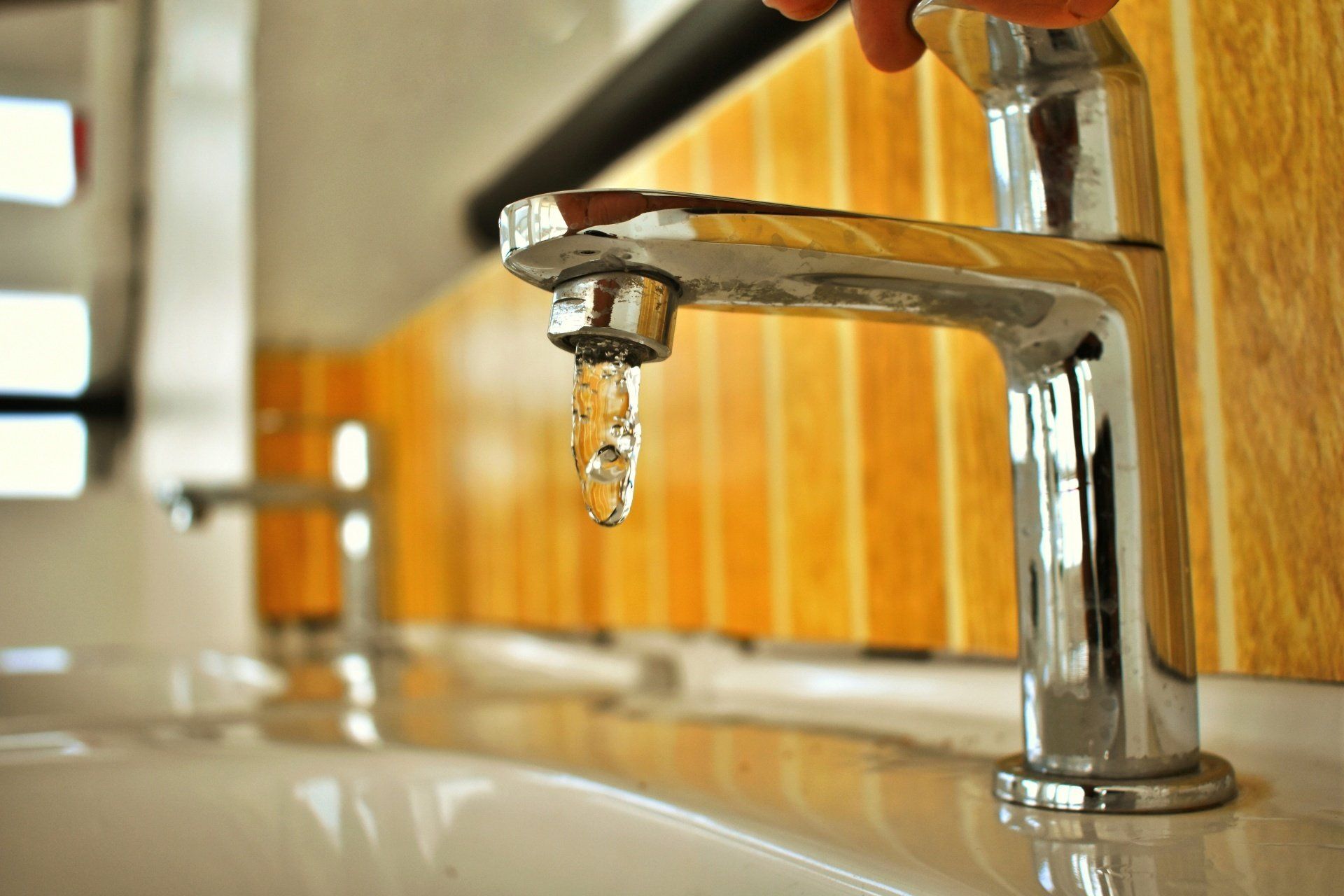How Much Does an Energy Audit or Assessment Cost?
If you’re looking into an energy audit for your building, one of the first questions you’ll ask is: How much does it cost? The answer varies depending on factors like the building type, size, and complexity of its systems. Most firms in the industry charge a fixed price per square foot, but at Verdius Energy, we take a different approach—one that aligns cost with value rather than an arbitrary formula.
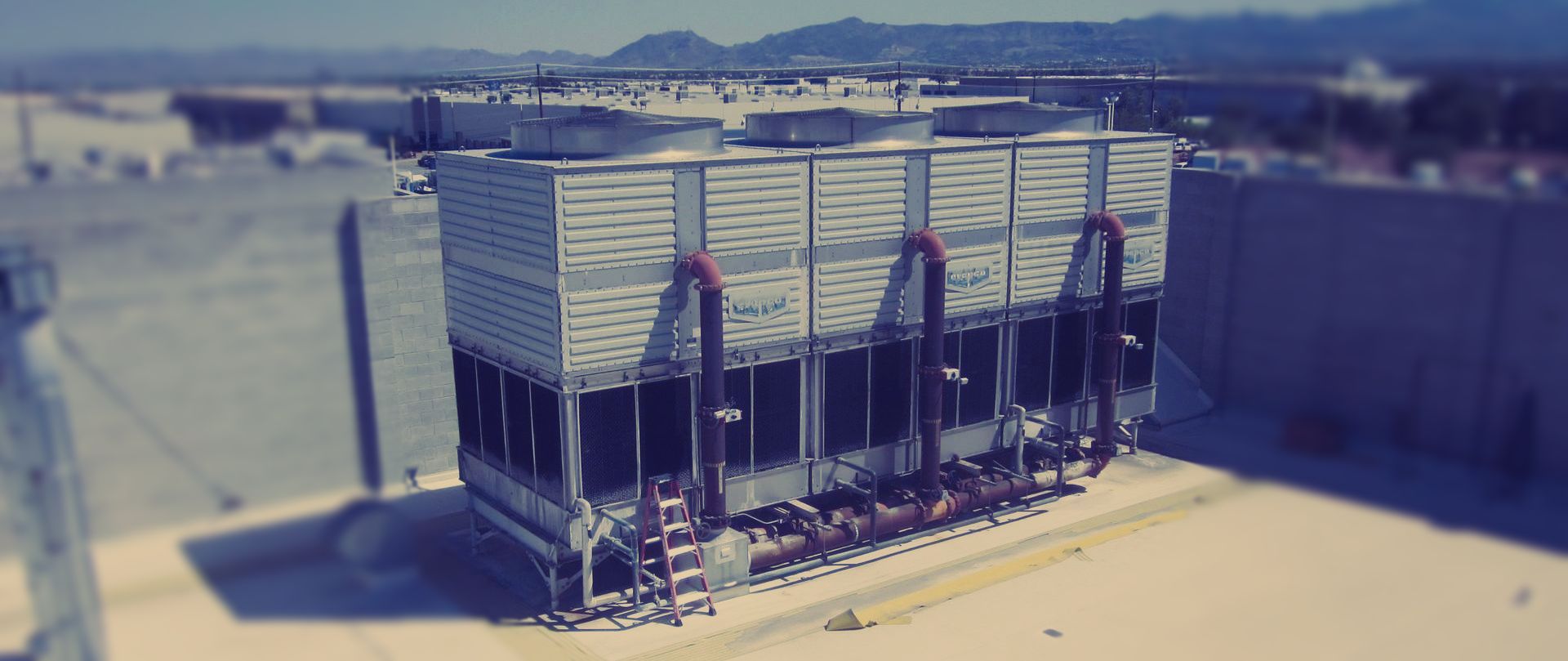
Industry Standard: Price Per-Square-Foot
Most energy consulting companies price their services at a per-square-foot rate, which typically ranges from $0.05 to $0.50 per square foot. The cost depends on:
- Building Type – Multifamily, office buildings, and industrial facilities require different levels of effort.
- Complexity of Systems – Buildings with advanced HVAC, building automation, expansive hydronic systems, or industrial processes require more analysis.
- Level of Detail – A basic Level 1 audit is less expensive than a comprehensive Level 2 or Level 3 audit.
For example, a 100,000-square-foot commercial building might pay between $5,000 for a Level I audit and $50,000 for a Level III audit based on standard pricing models.
The Problem with Per-Square-Foot Pricing
While per-square-foot pricing is simple, it doesn’t always reflect the actual effort required or value of the deliverable. Some buildings require extensive analysis, while others can be assessed swiftly. You shouldn’t have to pay the same rate as a high-rise office building if your facility is relatively simple.
Additionally, the goal of an energy audit isn’t just compliance—it’s identifying real opportunities to reduce energy use, cut costs, and improve performance. A pricing model that ignores delivered value often leads to audits that check the boxes rather than producing actionable recommendations.
Verdius Energy: A Value-Based Approach
At Verdius Energy, we don’t believe in arbitrary per-square-foot pricing. Instead, we price our services based on delivered value—meaning we align cost with the complexity of the building systems, scope of assessment, and impact of the potential projects rather than just the size of the building.
Our approach ensures that:
- Large but simple buildings aren’t overcharged.
- Complex buildings receive the in-depth analysis they need.
- The assessment cost aligns with the potential energy and cost savings.
For example, a mid-rise multifamily building with primarily split-system heat pumps may pay significantly less than a commercial facility with an intricate building automation system and central plant—even if they are the same square footage.
All our projects consider building size, use type, and level of detail, however, extra emphasis is put on these factors:
- Ownership of Equipment – In many cases, tenants, not the building owner, may own and maintain their HVAC equipment. If a tenant is not involved or their equipment is beyond the scope of the assessment, we shouldn't price the project as if it is, right?
- Current Building Performance – A poorly performing building has a lot more room for improvement compared to a brand new, up-to-code building.
- Needs of Ownership & Management – Is the building team shooting for net zero by 2035, or do they just need an assessment for municipal compliance?
Transparency & Fair Pricing
When you work with Verdius Energy, we provide a fair price every time based on the effort required to deliver meaningful recommendations. We focus on ensuring that your investment in our consulting pays off—not just in compliance but in real operational savings and efficiency improvements.
If you’re considering an energy assessment and want to understand what it will actually cost for your building, reach out to us. We’ll give you a straightforward assessment proposal that reflects real value—not just square footage.
👉 Contact us today to learn more about energy audits for your building.
